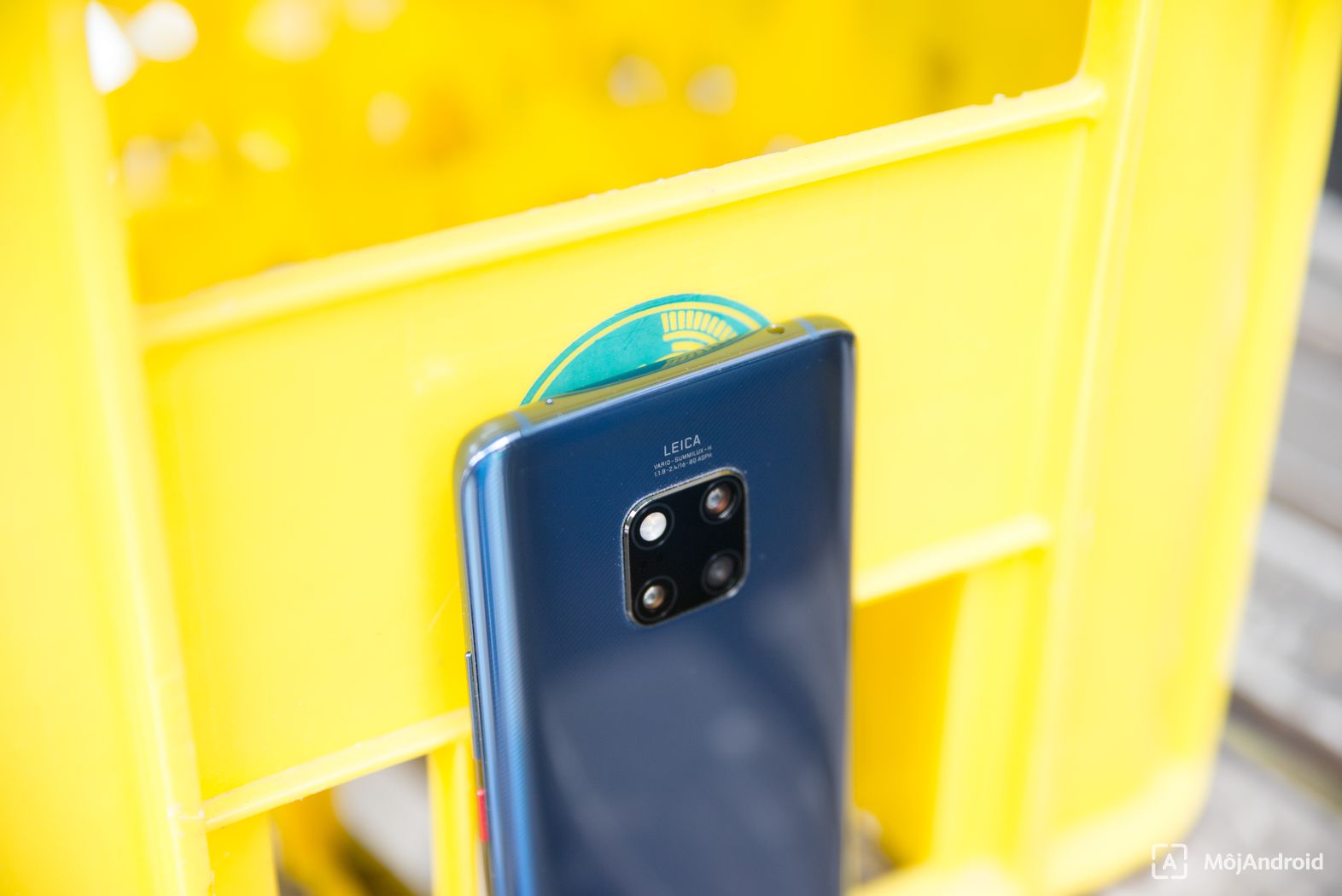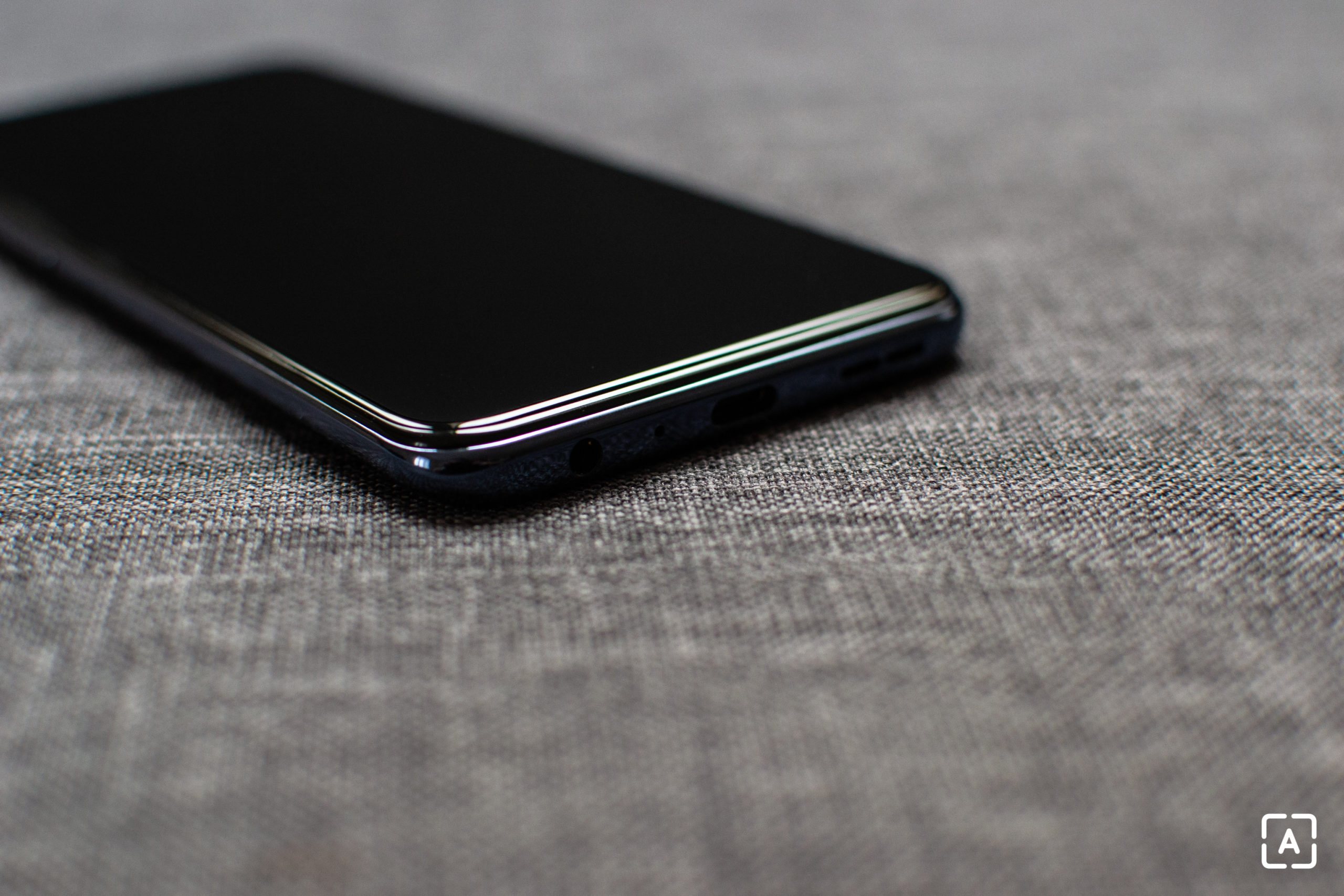A new middle-class smartphone or an older flagship? What pays off?
Choosing a new smarfon is not always easy. The market is literally full of models of different price categories. Of course, the most demanding users will reach for the current flagships with the best equipment, but also at a high price, which will easily exceed the limit of 1000 euros.
In this article, we will look at whether it pays to invest in a one-year or two-year flagship rather than the current middle-class smartphone. This is the dilemma of users who want a quality and powerful model with an excellent camera, but their budget is limited.
Contents
Performance and processor
A year or two year old flagships still offer higher performance than current middle class models. If we do not count the devices, which belong to the middle class, but are equipped with a flag chipset. Yes, they are on the market too. Today’s middle class is powerful enough for all the basic tasks and can handle some of the game.
However, a more powerful processor along with more powerful graphics will be fully reflected in the demanding use. The environment is smoother, multitasking handles a more powerful processor better and, of course, a significantly better gaming experience.
On the other hand, older models have a more powerful processor, but at the same time it is less economical. This means discharging the battery faster during the same operations. The current trend (even in the middle class) is chipsets made with 7 nm production technology, the most current flagships are switching to 5 nm chipsets. Older flagships have older processors that are made with 8 nm, 10 nm or 11 nm technology.
Differences in the camera
Another advantage is the quality of the camera. Older flagships may have fewer sensors on the back, but are generally of better quality. The current trend in the middle class is at least 3 or 4 lenses, two of which are unusable. It is a depth sensor and a macro lens. The macro can be easily replaced with a high-quality ultra-wide-angle sensor with autofocus, and smartphones can also blur the background with software, and the lens is not necessary.

The older flagship does not need these unnecessary sensors. It mostly relies on a quality main sensor, ultra-wide angle sensor and telephoto lens. For example, such Samsung Galaxy S10 + or Huawei P30 Pro (two-year flagships) are still very capable devices with good performance and quality cameras, which can be obtained very conveniently.
Processing quality
We must also not forget that flagships were in the past the best that manufacturers could produce at that time. This means that, of course, they also focused on the quality of the processing. A one-year or two-year flagship will certainly offer a glass body and a metal frame. And it also has increased water resistance. We usually do not find a combination of these properties in the current middle class.

On the other hand, in the design itself, more up-to-date middle-class models may have a little on top. The trend of shrinking the frames around the display is unstoppable. For example, biennial flagships tend to have a cutout at the top of the display for a selfie camera, while newer models have it directly on the display.
Sales packaging
The flagships always had something extra in the package. Whether it was a protective case, a more powerful charging adapter or quality headphones. these items may be missing from the current middle class package. And the current trend is for smartphone packages to shrink. The package of some flagships of 2021 will no longer contain even a charging adapter. Apple came up with it first, the Xiaomi Mi 11 is no longer offered in the package, and Samsung will suffer the same fate.

Display quality
The hunt for the highest resolution is over for good. Manufacturers are ahead in who will offer a display with a higher refresh rate. 90 or 120 Hz displays are already in the middle class. However, it is still true that an older flagship will usually offer a higher quality panel.

Whether it’s color rendering or the technology itself. The middle class still offers LCD displays, while flagships have long since switched to more modern OLEDs. Their only disadvantage is only the standard refresh rate. And this is the parameter in which the current middle class has the upper hand.
Support and updates
One of the most important parameters. Having an up-to-date smartphone doesn’t just mean I can’t take full advantage of the new operating system. It also means higher vulnerability. And we certainly don’t want that. In general, flagship manufacturers support longer than the middle class.
Our tip
Android 11: When will your smartphone get a new version of the operating system?
The annual flagship can be measured against the current middle class. She will definitely have some update for the new Android and security patches will run regularly. It’s not the same with a two-year-old wolf boat. Here it is likely that the new Android will no longer get. Security updates themselves are also likely to stop receiving earlier than current mid-range models. This is not the rule, but you must also be careful about this.
Battery Life
A very important parameter. Manufacturers try to insert the largest possible battery into their smartphones while maintaining the compact dimensions and pleasant thickness of the device. So today, with a few exceptions, we usually encounter one-day, maybe two-day endurance.
In general, newer models will be a bit better in terms of endurance. Again, we must remember that this rule is not one hundred percent. But more economical processors along with larger batteries clearly speak in favor of newer models.
For example, if you buy an older smartphone second-hand, the overall battery level is questionable. It certainly won’t last as long as when the device was new. You also have to be careful about that.
Buy a new mid-range smartphone or an older flagship?
It is certainly not possible to say that. Every user is different, specific and everyone needs different functions. For those who like to keep their smartphone up to date, the current middle class model will be a better choice. Also for those who require a higher refresh rate of the display at the cost of its overall lower quality or IPS panel instead of OLED. The newer model will also be better in terms of endurance on a single charge.
Older flagships, in turn, have advantages in the quality of workmanship and also have better quality displays. In addition, they offer higher performance and some extra features, such as water resistance, stereo speakers and higher quality cameras. Weaker support from the manufacturer may be a problem, as the hall is no longer a new model and is slowly falling into oblivion.



